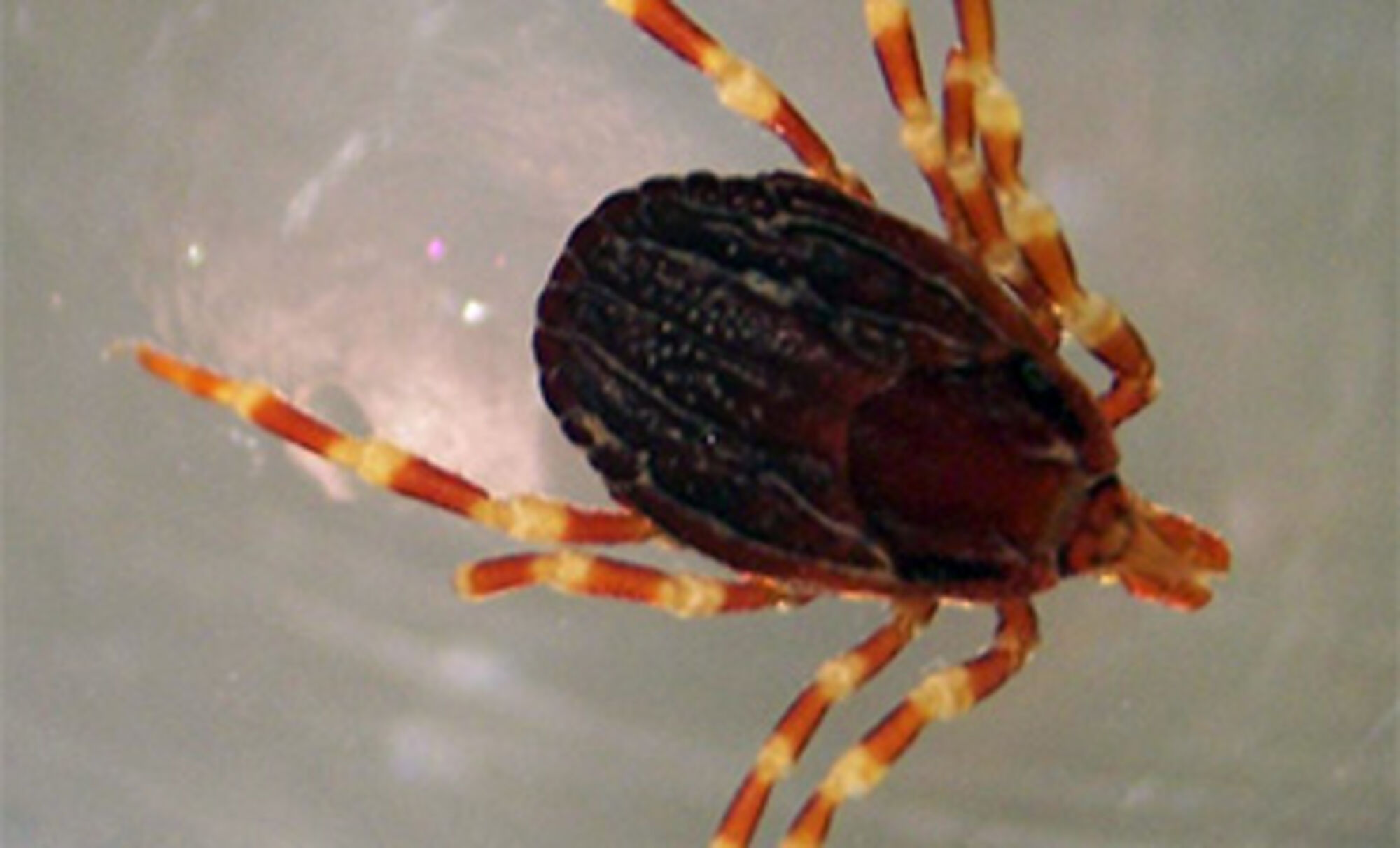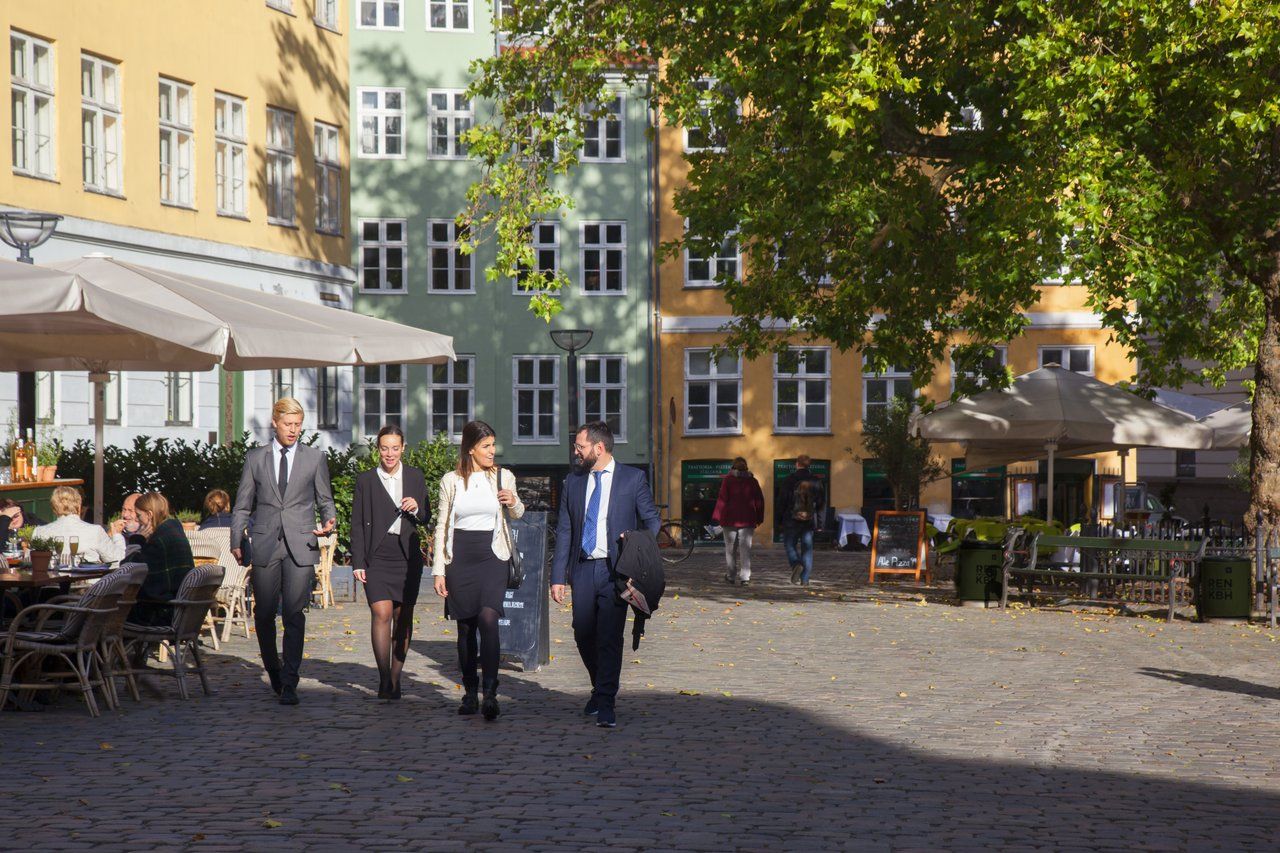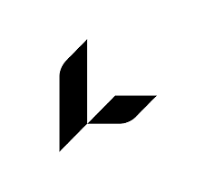The history of prehistoric residents of Denmark will soon be genetically mapped using the skeletons of people who lived as far back as 7,000 years ago.
Genetic researchers from the Centre for GeoGenetics at the University of Copenhagen's Natural History Museum say the project, named 'The Genomic History of Denmark', will make Denmark the first country to catalogue genetic profiles of its residents from its earliest inhabitants up to today.
The scientists hope the study will help identify early Danes' genetic profile, where they came from and which diseases they suffered from.
The team of geneticists who will take part in the five-year project specialises in extracting and analysing DNA from ancient material, and some of the materials they are looking at in this project stem from the bones of hunter-gatherers who lived in present-day Denmark over 7,000 years ago.
“When we have analysed all the material, new and old, we will, among other things, be able to pinpoint when various diseases arrived in Denmark,” Eske Willerslev, of the Centre for GeoGenetics, told Politiken newspaper. “And we can see if large epidemics, like the plague, helped catalyse a unique and genetically orientated ‘extra resistance’ against, for example, the HIV virus, that we see today in many northern Europeans.”
The researchers are negotiating with the National Museum to be able to use the remains. The project has received a 36 million kroner grant from the University of Copenhagen, but Willerslev expected the total cost of the project to exceed 80 million kroner.
When completed, the project will have mapped the genomes of 100 Danes, from the hunter-gatherer period, through the Bronze Age, Iron Age, the Viking Era and the early Industrial Age.
It is expected that the DNA in the oldest remains will be heavily decomposed, but the team was confident that it would be possible to map the genome. In 2010, Willerslev led a team that reconstructed the complete genetic blueprint of a 4,000 year-old Greenlander based on DNA samples from single tuft of hair.














